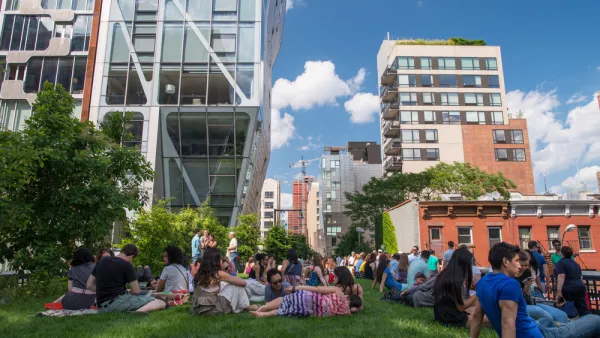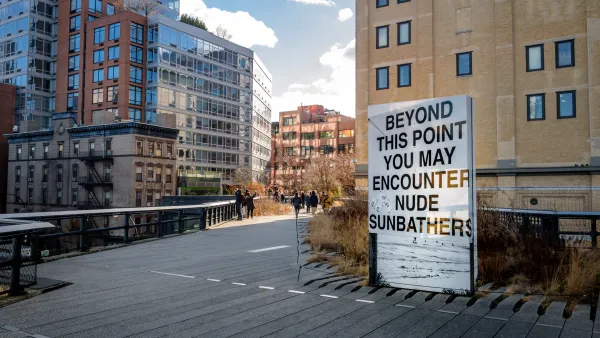The High Line is proving to be a powerful catalyst for development but the same can be true for nearly all parks (less perhaps the starchitect-designed projects near the High Line), explains former Empire State Development Corp VP Carol Berens.

While parks were once seen as a fiscal drain on city budgets, they are now credited with boosting property values and fostering the creation of chic neighborhoods.
An example that proves the point is NYC’s High Line, according to architect, author, realtor, and former redevelopment official Carol Berens. It’s repurposing as a park captured the public’s attention when it first opened in 2009 and sparked the development of high-end residential and commercial projects during High Line’s first phase, specifically new apartment buildings.This growth is no surprise, according to Berens.
“From Central Park’s earliest days to today, private real estate concerns are never far away when parks are created. Ideas for parks unfold when land is contaminated and the surrounding neighborhood stagnant and struggling. A park’s construction and completion greatly influence the life of the city and affect the value of adjacent property—whether from the growth of new neighborhoods, the refurbishment of the old or the promise of unobstructed views in perpetuity. This increased land value from park development leads to fears, not unfounded, of neighborhood gentrification.”
Berens goes on to discuss the various developments around High Line and how condos and apartments around the park don’t come cheap for residents. The article includes many photos of the new developments.
FULL STORY: The New Eldorado?

National Parks Layoffs Will Cause Communities to Lose Billions
Thousands of essential park workers were laid off this week, just before the busy spring break season.

Retro-silient?: America’s First “Eco-burb,” The Woodlands Turns 50
A master-planned community north of Houston offers lessons on green infrastructure and resilient design, but falls short of its founder’s lofty affordability and walkability goals.

Delivering for America Plan Will Downgrade Mail Service in at Least 49.5 Percent of Zip Codes
Republican and Democrat lawmakers criticize the plan for its disproportionate negative impact on rural communities.

Test News Post 1
This is a summary

Test News Headline 46
Test for the image on the front page.

Balancing Bombs and Butterflies: How the National Guard Protects a Rare Species
The National Guard at Fort Indiantown Gap uses GIS technology and land management strategies to balance military training with conservation efforts, ensuring the survival of the rare eastern regal fritillary butterfly.
Urban Design for Planners 1: Software Tools
This six-course series explores essential urban design concepts using open source software and equips planners with the tools they need to participate fully in the urban design process.
Planning for Universal Design
Learn the tools for implementing Universal Design in planning regulations.
EMC Planning Group, Inc.
Planetizen
Planetizen
Mpact (formerly Rail~Volution)
Great Falls Development Authority, Inc.
HUDs Office of Policy Development and Research
NYU Wagner Graduate School of Public Service




























